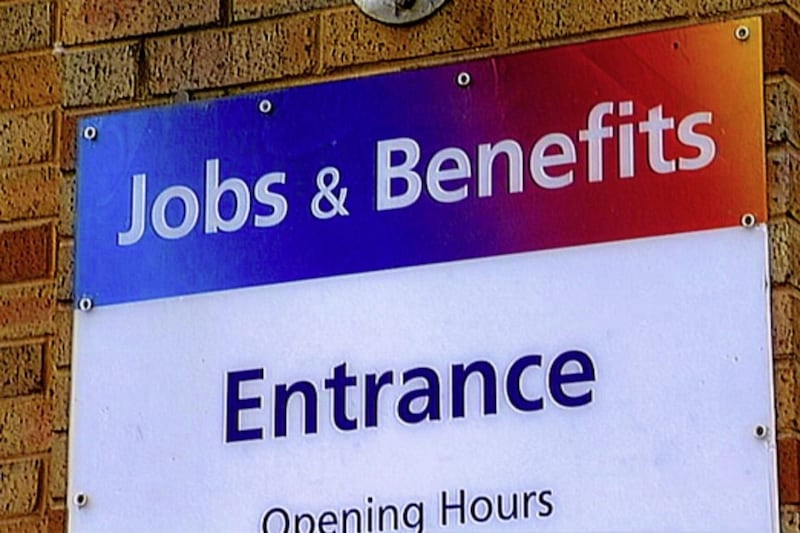An increasing number of people in Northern Ireland remain economically inactive, threatening negative consequences for the region’s economy and its future labour prospects.
Latest labour market statistics from the NI Statistics & Research Agency (Nisra) reveal a relatively stable picture around payrolled employees, the claimant count and earnings.
But the column on economic inactivity - which is defined as the cohort of people neither working nor looking for work - continues to blight the numbers.
Households reported, via the Labour Force Survey (LFS), that over the year to June to August there was another 0.7% increase in the economic inactivity rate to 28.5%, putting the north at the top of that ignominious league table in the UK.
The labour market report says that the annual change “is statistically insignificant”.
But a higher proportion of people not participating in the labour market restricts the capacity of the economy to grow, unless they are offset by increases in productivity or immigration.
It also impacts tax-take, and in some cases can lead to increased government expenditure on welfare benefits.

Labour Relations Agency chief executive Mark McAllister said: “At a recent equity, diversity and inclusion event I attended, there was a frown at the use of the term ‘economically inactive’, whereupon the user of the term was chastised and asked to use an alternative form of words such as ‘not in paid employment’.
“This was a better term and, as such, could speak to those excluded from the labour market due to caring responsibilities, or lack of a flexible work pattern, or because of exclusionary recruitment practices.
“The backdrop context was inclusive recruitment practices and the benefits to organisations who genuinely want the best people for the job along with how to afford them the opportunity to get one.
“The impact on economic activity would be self-explanatory and today as we see a figure of 28.5% for ‘economic inactivity’ (the term still favoured by statisticians) there is still a long way to go.”
He added: “This, combined with the figure for redundancies, as a traditional economic bellwether, sitting at 190, would suggest that hard times may be soon upon us.”
Elsewhere within the labour report, the numbers are generally positive.
The north’s unemployment rate fell again, this time to 1.9%, which is the lowest in the UK and also the lowest on record.
The number of people in work in September, at 806,700, was up 0.1% over the month and 1.5% over the year, while median monthly pay during the month was £2,241 - some 6.6% up on this time last year.
The seasonally adjusted number of people on the claimant count was 42,000 (or 4.3% of the workforce), which remains 40.7% higher than the pre-pandemic count in March 2020, which is largely attributed to the increase in the administrative earnings threshold for Universal Credit in May this year.
There were 190 confirmed redundancies in September, taking the rolling annual total to 2,310, which is around 30% higher than at the same time last year (1,810).
And there were 410 proposed redundancies last month, taking the annual total to 3,000, which was around 25% less than for the previous year (3,970).
The report says both the rolling 12-month totals of proposed and confirmed redundancies are similar to the levels seen in the decade preceding the pandemic.







